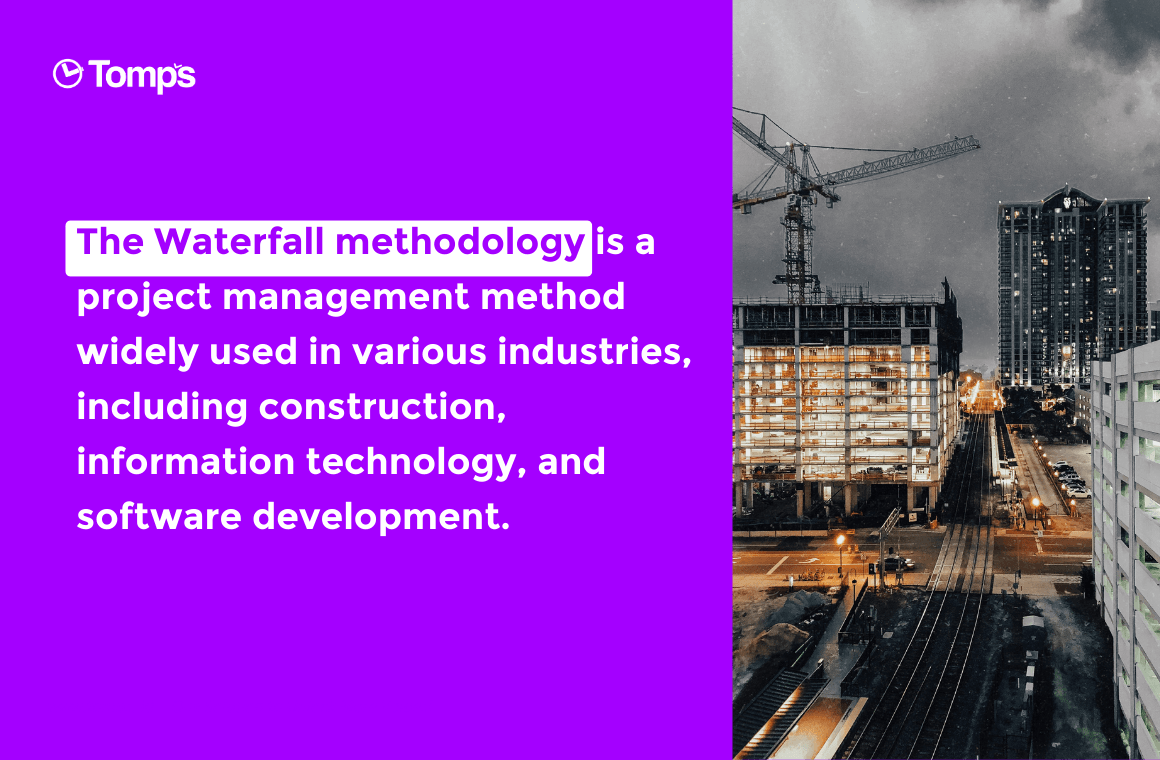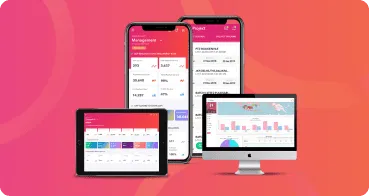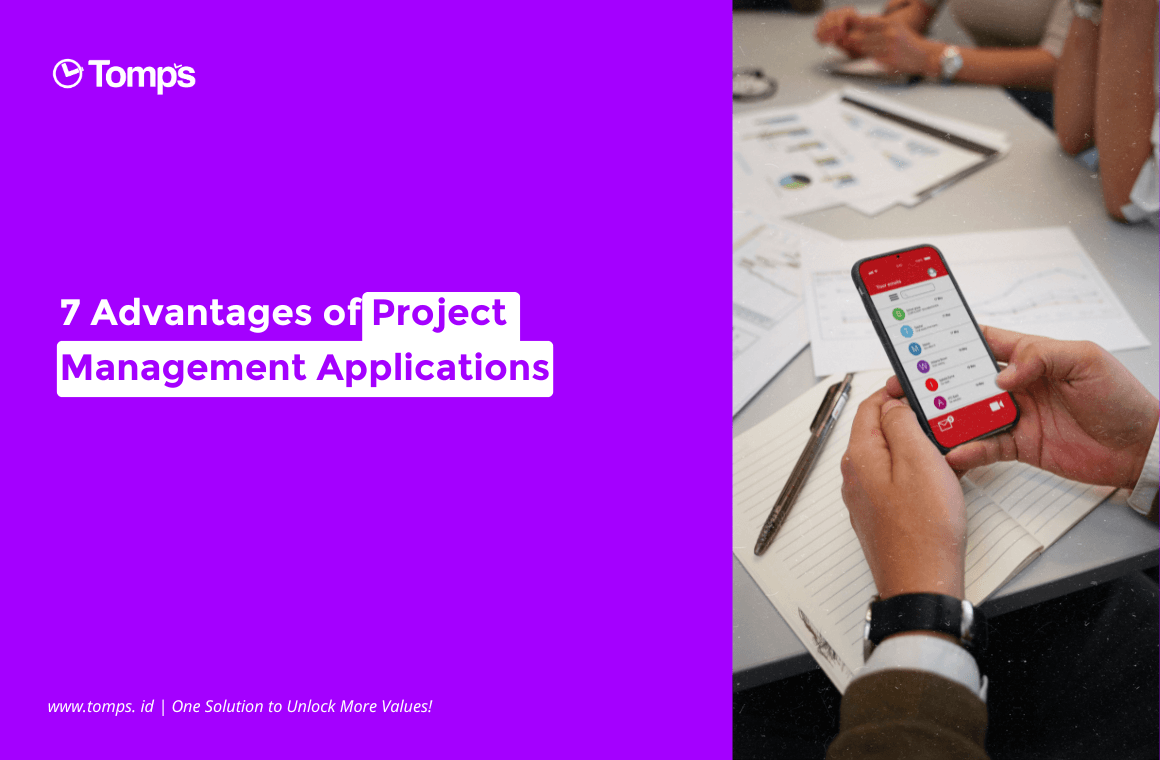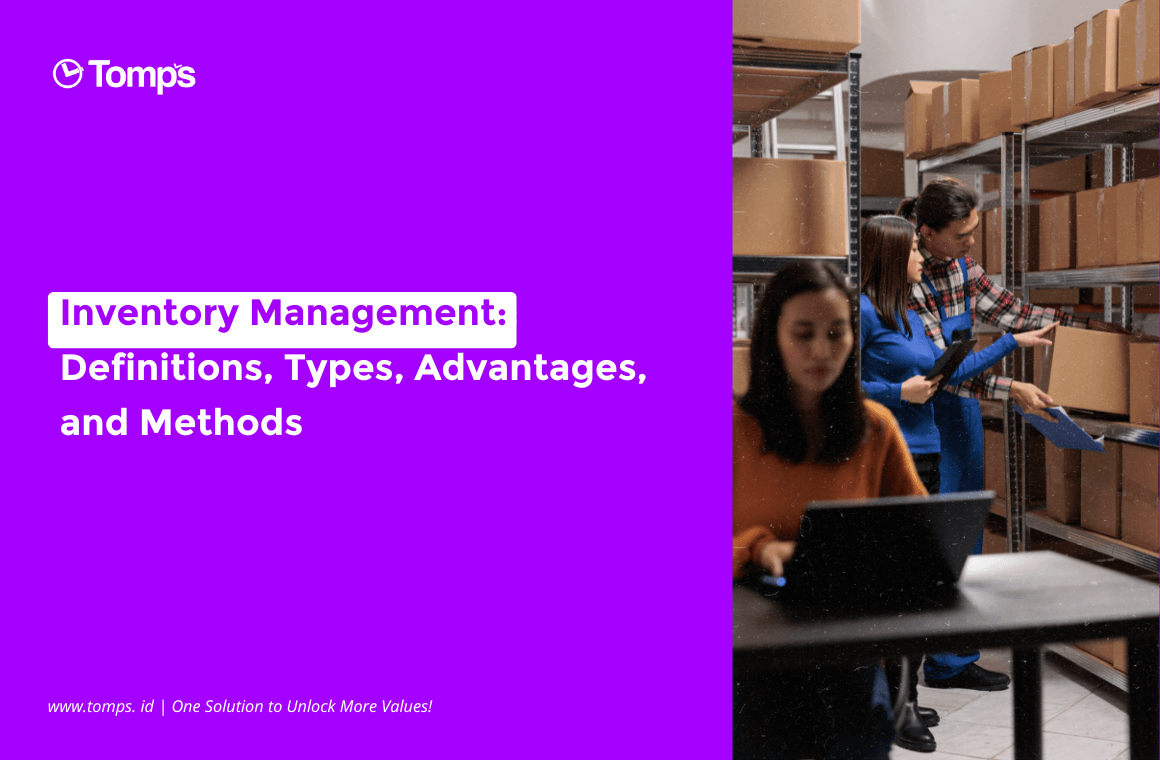Waterfall Is A Project Management Technique
The Waterfall methodology is a project management method widely used in various industries, including construction, information technology, and software development. This methodology is frequently used for planning, documentation, and sequential execution. This article will go over the definition of the waterfall, how it works, how it is used in industry and the benefits and drawbacks of using the waterfall method.
What Exactly Is A Waterfall Methodology?
Building systems using the Software Development Life Cycle will make it easier to identify problems and design systems to solve them. One of the most commonly used SDLCs in system development is the Waterfall methodology.
The Waterfall methodology, as applied to the Project Manager, is a project management approach in which the requirements of stakeholders and customers are collected, and then a sequential project plan is created to accommodate these requirements. Waterfall methodology is so named because each project phase flows into the next and is completed sequentially from top to bottom, similar to a waterfall.
The Waterfall Method in Action
The Waterfall methodology, developed by Winston W. Royce, has five stages in a strict sequence, with the next stage not starting until the previous phase is completed, as shown below:
Requirements
The Waterfall methodology is distinguished by the fact that all customer requirements are gathered at the start of the project. As a result, every subsequent phase can be planned without further communication with the customer until the product is finished.
Design
The waterfall process’s design phase should be divided into two sub-phases: logical design and physical design. The possible solutions are brainstormed and theorized during the logical design subphase. When ideas and theoretical schemes are transformed into tangible specifications, the physical design subphase begins.
Implementation
The implementation phase is when the programmer combines the previous phases’ requirements and specifications to create the actual code.
Verification
This is the phase in which the customer reviews the product to ensure that it meets the requirements established at the start of the waterfall project. This is accomplished by making finished products available to customers.
Maintenance
Customers use the product regularly during the maintenance phase, discovering bugs, insufficient features, and other manufacturing errors. The production team then implements these improvements until the customer is satisfied.
Application of the Waterfall methodology in the IT Industry
In industrial applications, the Waterfall methodology is frequently used when there are high requirements and the system requires more precise control. The Waterfall methodology is typically used for projects that require extensive human review because mistakes can cost a lot of money. The steps that will be taken to achieve the final result in the industrial application are as follows.
Documents & Requirements
Gather all of the project’s requirements and documentation.
- Project Scope: This is one of the most important documents in your project because it defines the project’s objectives: functional requirements, deliverables, features, deadlines, costs, and so on.
- Expectations of Stakeholders: People with a stake in app development conduct interviews and solicit ideas to align project scope with stakeholder expectations.
- Research: To better serve the plan, conduct market research on competitor applications and customer needs for what is required.
- Assemble a Team: Next, gather the people and resources needed to create the application, from programmers to designers.
- Kickoff: The kickoff meeting is the first meeting with the team and stakeholders to discuss the information gathered and set expectations.
Design
Next, begin properly planning the project. You’ve done your homework and understand what to expect from your stakeholders. You must now create a system design to determine how you will achieve the desired result. Based on the information gathered during the first phase, you will determine the project’s hardware and software requirements, as well as the system architecture.
- Collect Tasks: Create a work breakdown structure to list all of the tasks required to complete the final product.
- Make a Schedule: With your tasks in place, you must now estimate how long each task will take. Once you’ve identified them, plot them on a Gantt chart and meticulously connect dependencies. You can also start building a budget by adding costs to Gantt.
Implementation
Phase This is the stage at which the project is built and tested. The previous phases’ systems were first developed in smaller programs known as units. Each is then subjected to unit testing before being integrated.
Assign Team Tasks: Team members will be responsible for owning their tasks, completing them, and collaborating with other team members. You can create these tasks using a Gantt chart and include a description, priority, and so on.
- Monitor and Track: While your team is completing tasks, you must monitor and track their progress to ensure that the project is progressing as planned. timetable.
- Manage Resources and Workloads: You will encounter issues while monitoring and need to reallocate resources and balance workloads to avoid bottlenecks.
- Stakeholder Report: Stakeholders require updates to show their progress throughout the project. Meet with them to discuss a regular presentation schedule. After delivering a functional app, the team must conduct tests.
System Evaluation and Deployment
You will integrate all of your system units and perform integration testing during this phase to ensure that your application components work well together.
Verification
Even if the application has been delivered, the software development life cycle is not complete until some administrative tasks are completed to tie everything together.
- Contracts: Meet your contractual obligations to your team as well as any contractors.
- Make Templates: You can create a template for your project in software like ProjectManager, giving you a head start when starting another, similar one.
- Close Documents: Ensure that all documents have been stamped and filed.
Maintenance
The nature of any software development project is that new bugs will emerge as a result of customer use and must be eliminated. As a result, after passing the verification stage, you’re usually expected to provide post-launch maintenance. This is a continuing post-launch phase that will last as long as your contract is in place.
The Importance of Waterfall in Project Management Project
The waterfall method is used by teams and project managers to achieve goals based on business requirements. This model is used in a variety of project management contexts, including construction, manufacturing, information technology, and software development. This methodology is ideal for teams and projects that want to develop a project based on fixed or unchanging requirements established at the outset. If the project is limited by budget or time, the waterfall method is an excellent choice.
When faced with a development project with ambiguous requirements, project managers will use the Waterfall process. As long as the project’s cost, design, and time requirements are known in advance, the Waterfall method is the way to go.
If an application must work on the first try or risk losing customers, Waterfall is a suitable method because it is designed to achieve that goal. In comparison to Agile Methods and development methodologies Continuous iteration is used in agile methods.
The Benefits of the Waterfall Method
Because the project objectives are specific and outlined from the start, the Waterfall method has a fixed timeline and budget. Other than the milestones or results set for each phase, the Waterfall Method rarely involves client feedback or collaboration once project goals are established. This facilitates project managers’ planning and communication with stakeholders or business partners. While this can aid in planning, it is only practical if the client has a clear end goal and does not need to be involved in the project development process.
Project managers use the waterfall project management methodology for a variety of reasons. Here are some of the advantages:
You can provide accurate estimates of your project’s costs, resources, and deadlines if you have a well-planned project schedule.
Allows large or changing teams to move towards a predefined common goal during the requirements stage.
The Waterfall Methodology Drawbacks
One disadvantage of this methodology is that dealing with unexpected problems can be difficult and time-consuming. When moving from stage to stage, these stages can provide information to one another. For example, difficulties during the implementation phase may indicate a flawed design. A lack of flexibility in completing one phase before moving on to the next can cause the project’s timeline to be extended. There are, of course, disadvantages to using the waterfall method. Here are some drawbacks to this approach:
- Linear project plans are rigid and lack the adaptability needed to deal with unforeseen events.
- Allowing processes to overlap for concurrent work on different phases, reduces overall efficiency.
- The waterfall method is not appropriate for complex, high-risk ongoing projects.
Despite its disadvantages, a waterfall project management plan is very effective when dealing with a familiar scenario with few known variables. In a software engineering project, for example, your customers know exactly what they want from the start. When selecting an application development method, it is critical to consider team size and funding. It is also critical to consider teamwork when developing.
The Gantt Chart is a popular tool for using the Waterfall Methodology. This chart makes it simple to visualize sequential phases, allowing a project manager to map dependencies and subtasks to each stage of the process. A Gantt chart can show you the timelines and deadlines for each phase. Tomps is an all-in-one project management application that offers a variety of tools to help teams complete projects.







